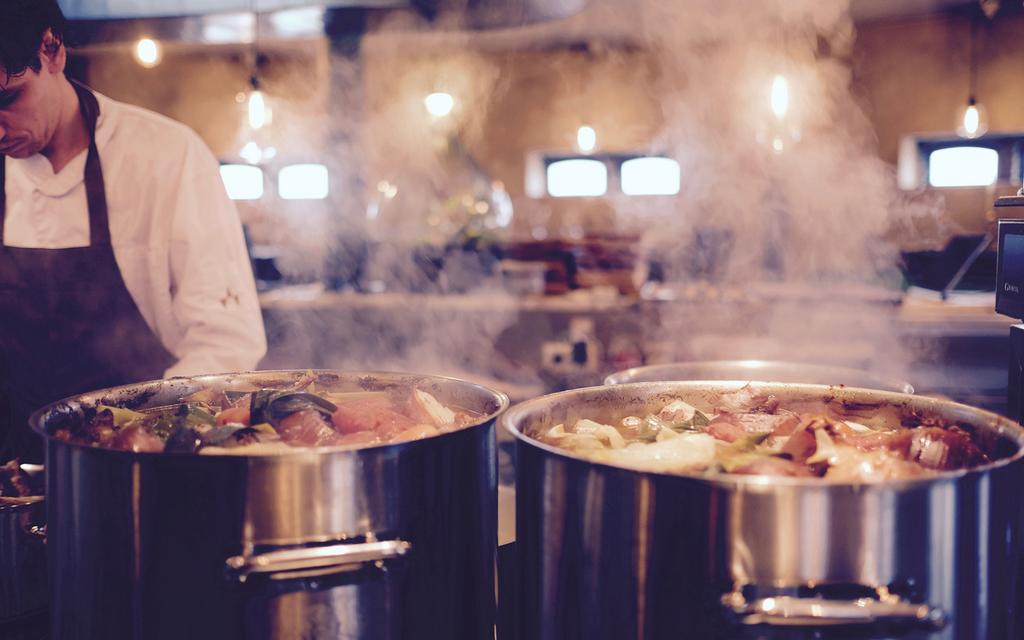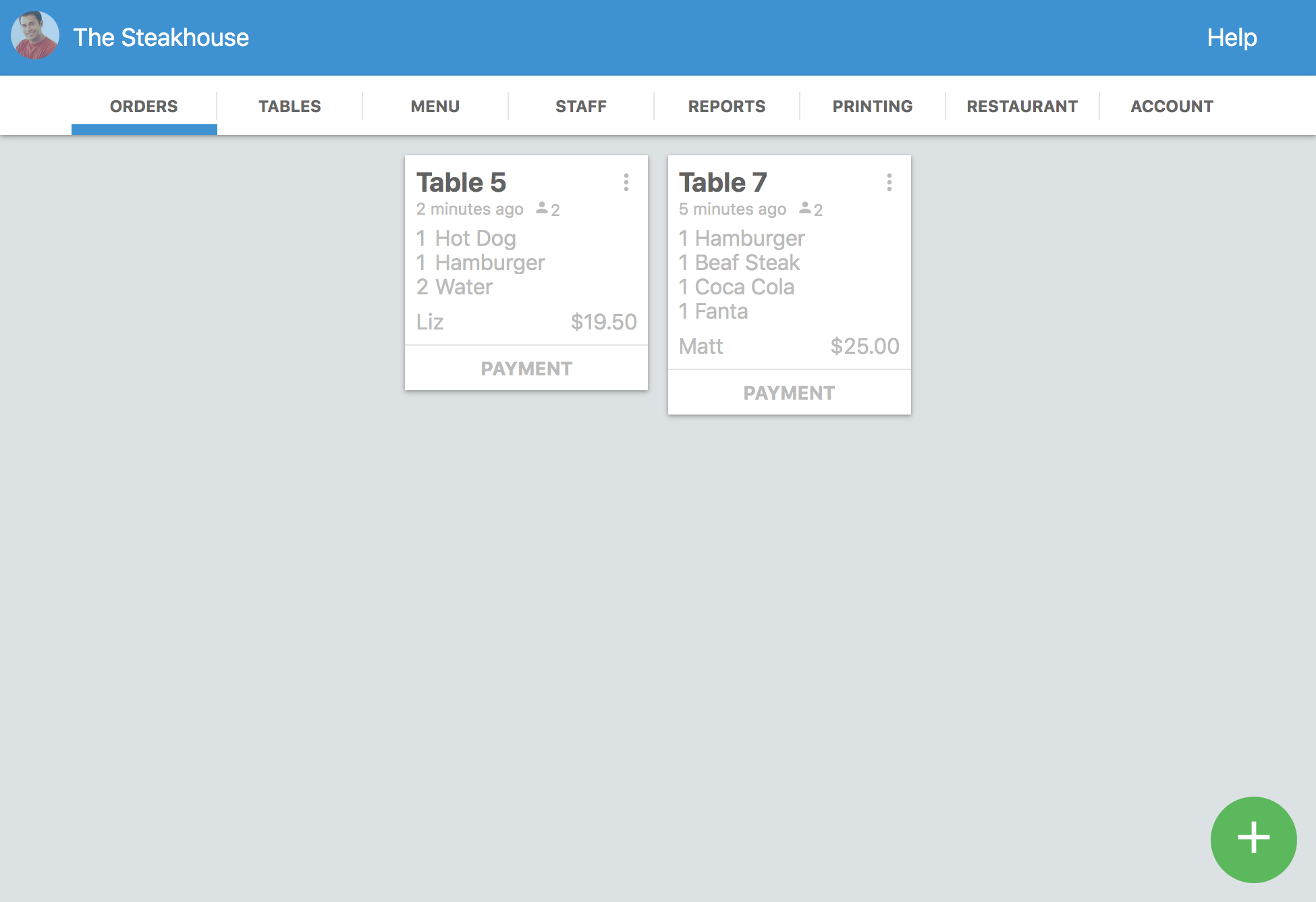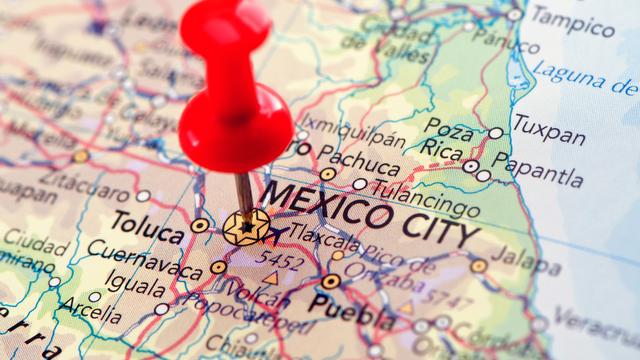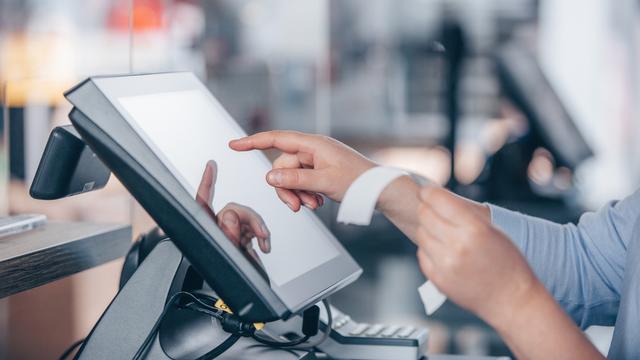Food safety and restaurant sanitation are critical ongoing processes for every restaurant. Regardless of how long you’ve been in business or how well your restaurant is regarded, you’re only as good as the last meal you served. That’s why it’s so important to implement strong safety measures and monitor them continuously. Restaurant best practices include taking temperatures of foods throughout the day, checking coolers and freezers and scheduling immediate maintenance when temperatures appear to be rising in refrigeration equipment or dropping in cooking equipment and holding tables.
Food safety and sanitation are actually two separate areas. Food safety involves the equipment for cooling, cooking and holding food at the right temperatures and the processes of quickly cooling food to prevent bacterial growth and using the oldest ingredients first, which is called FIFO for “first-in, first-out.” Food sanitation involves keeping clean surfaces for food preparation, washing hands regularly and preventing cross-contamination. Good hygiene is also an incredibly important issue for restaurant guests. Handling your produce safely is often ignored by cooks and staff, but bacterial growth on salad greens is common. Most greens arrive at temperatures above 40-degrees Fahrenheit, which is the only guaranteed safe temperature to prevent the growth of common pathogens. Since salads aren’t usually cooked, these bacteria remain alive and dangerous, so they need careful washing before being served.
Your ice machine is a bacteria-breeding juggernaut. That’s why it’s so important to schedule a cleaning several times each year. Ice comes in contact with areas of the machine that develop mold and bacteria due to regular contact with water. Drink garnishes and marinades must also be handled safely to prevent cross-contamination.
Local Health Departments and Other Agencies
There are national, provincial and city laws that apply to restaurants, and local health departments are usually the enforcement arm of food safety. These organizations usually conduct pre-opening inspections, regularly monitor restaurant conditions and investigate customer complaints and charges of food poisoning.
Personal Note: The Health Department can be as much of an ally as an enforcer. When I owned my restaurant, I once received a complaint from a customer that she got sick after eating a salad at my restaurant. The health department agent who investigated told me not to worry because I’d never had a complaint before and the customer’s timetable wasn’t right. The customer claimed to get sick during the evening after eating lunch that day, but food poisoning takes two days or more to show up.It’s important to respond to all your inspector's suggestions - even those that are listed as non-critical. Enlisting the local health inspector as an ally could prove extremely beneficial - especially with websites springing up such as Iwaspoisoned.com. These sites pass along the unsubstantiated rumors of hypochondriacs and people with obsessive-compulsive disorder and could unfairly ruin the reputation of a restaurant that follows all recommended food safety procedures.
Food Safety Training Programs
There are many local, national and international food safety training programs available. Some offer local classes while others provide online courses that your staff can take at their own speed. It’s always important to have at least one certified food manager at your restaurant. Ideally, one should be available for every restaurant shift. Four popular training programs for food safety managers include:
-
NSF International
NSF International offers training and educational programs worldwide to help your business and staff stay ahead of new threats. Programs for all levels of your restaurant are available to ensure greater product safety and safe food-handling practices. NSF meets the requirements of the ANSI-certifying body. The four-level course provides practical knowledge of how to reduce risks and meet food safety requirements.
-
ServSafe International
This organization offers training programs to earn a certified food safety certificate for members of your staff and managers. Typically, most restaurants require that their head chef and kitchen managers have this kind of training, and these staff members further train other cooks, food preppers and servers in relevant safe-handling skills. ServSafe has identified more than 250 food allergens and more than 15 million American diners suffer from some kind of food allergy. Similar results are recorded worldwide. That’s why nutritional makeup is an important consideration when trying to serve safe food to all your customers.
-
FSMA
The Food Safety Modernization Act in the united States was passed to upgrade U.S. safety laws in the biggest legislative overhaul of the past 70 years. The FSMA is enforced by both the FDA and USDA agencies in the United States. The FSMA maintains a National Coordination center and regional centers that offer National Food Safety Training for U.S. restaurants.
-
European Food Safety Authority
The European Food Safety Authority, of EFSA, proposes regulations in all kinds of areas such as plant health, animal health, risk management and other safety risks in the food chain. This organization covers a range of risks including terrorist threats to food and water supplies and emerging pathogens.
In addition to national and international courses, there are often local organizations and health departments that offer training programs or that use the programs created by the above organizations. You have send your staff to local classes or scheduling workers for Internet-based training courses. Depending on your business, you might send servers, managers, chefs, cooks and even dishwashing staff to get properly trained in food safety. Most dishwashers also perform some food-prep tasks, and training them can provide faster replacements when other employees quit.
Using Your Approach to Nutrition as a Food Safety Issue
Food safety also includes offering a transparent list of recipe ingredients and nutritional profiles. Thousands of diners have special nutritional needs or allergies to common ingredients such as tree nuts, dairy, shellfish and other foods. Responsible restaurants must consider disclosing all ingredients used in the preparation of menu items and offering special substitutions. The value of catering to a single customer's needs could help you restaurant book a bigger group and receive multiple referrals. The value of accommodating a special need exceeds its immediate financial benefit. You can use a poster or adjustable electronic sign to post nutritional information and encourage your customers to ask their servers about any special dietary needs.
Digital marketing extends your restaurant’s reach, but digital reviews, information-sharing and fast-breaking news could damage your restaurant instantly if one of your customers gets sick from a pathogen or even an allergen. You can use your restaurant’s POS system to customize orders, request special preparation techniques and inform the kitchen promptly of the need to coordinate a special order with the rest of the orders in the party.
You should also research your suppliers carefully and document all purchases of supplies so that you can trace the source of any contagion. Food safety can never be ignored or forgotten. You’ve got to stay on top of food safety every shift to ensure that your restaurant doesn’t take a big hit on its reputation.





